I love everything about researching my family’s genealogy, from historically important people like my “Mayflower” passenger ancestors to tidbits like family recipes. One of these family recipes makes golumpkis, cabbage rolls stuffed with beef and rice. I decided to make this Polish dish with a head of cabbage that I grew myself. I also chose to use ground elk from my 2021 hunt for a wild spin on this traditional fare.
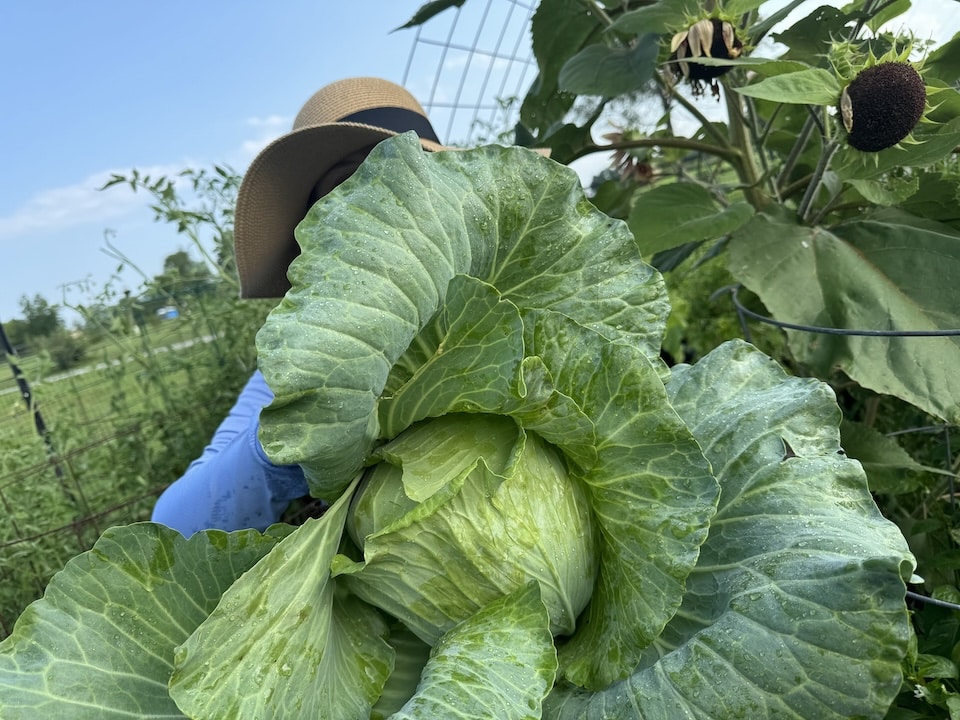
Before I jump into the golumpki process, I must first preach the wonders of eating a homegrown head of cabbage. It tastes absolutely nothing like the grocery store counterpart. It’s lush, green, crisp and sweet. I highly recommend growing a head, and it’s very much worth the cost of a pop-up cover. I do enjoy store bought cabbage though, and it will work just as well for this recipe.
My Great-Great-Grandma Theresa’s golumpki recipe consists of the following ingredients:
If you’ve eaten golumpkis before, you might notice that the recipe doesn’t call for any sauce. According to my grandma, Theresa preferred plain golumpkis. As a result, my ancestors didn’t make tomato sauce for our cabbage rolls. My grandma does recommend ketchup though.
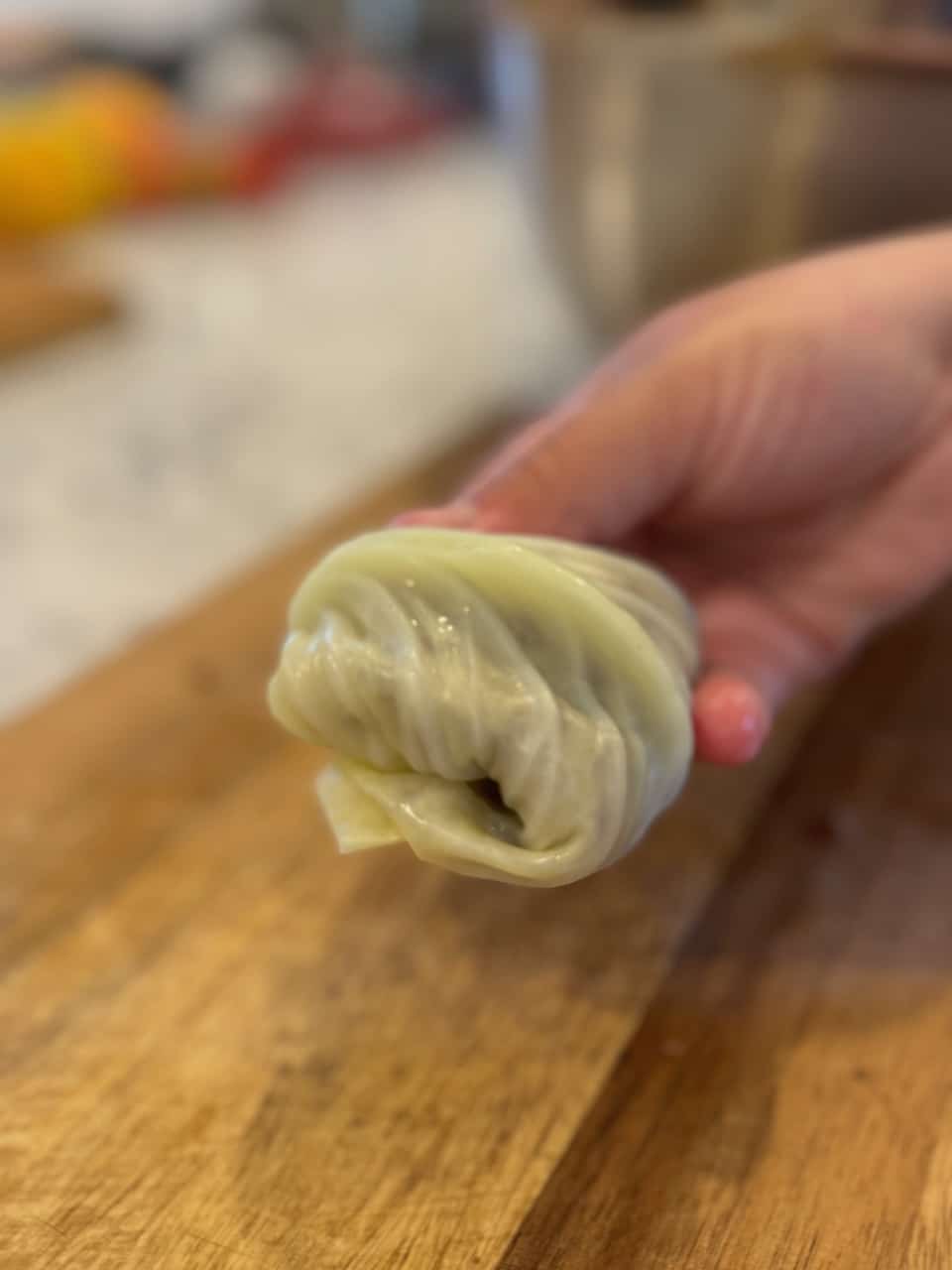
Mom tweaked the original recipe slightly to give these cabbage dumplings a bit more flavor and to use up our surplus of leaves. My cabbage head gave us nearly double the amount of golumpkis than the original recipe makes. I’m not sure how many golumpkis a head of cabbage from the grocery store would make. In the worst-case scenario, you might have some extra filling for another dish that calls for ground meat.
Ingredients:
Make the rice using your preferred method. I used a Zojirushi rice machine that my family has owned for years. It’s as simple as rinsing the rice and pushing some buttons. Depending on how you make your rice, you may need to make this a few hours ahead of time.
Fill a large pot with enough water to submerge the whole head of cabbage. Core the cabbage with a chef’s knife and boil until bright green and the leaves are pliable, about 3-to-10 minutes. Strain and cool. Separate the leaves to help them cool faster.
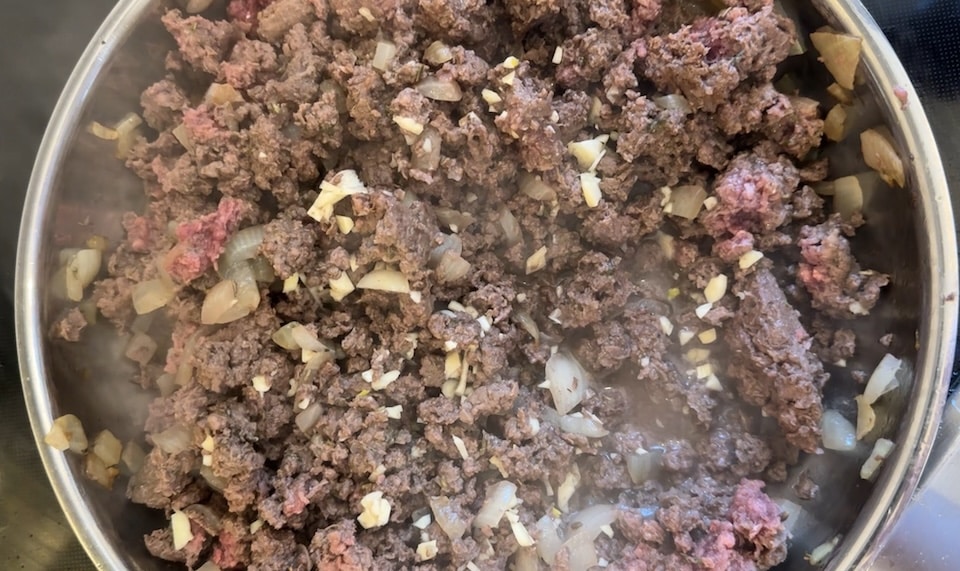
Heat a pan on medium heat and add a splash of olive oil to coat the pan. Once the oil shimmers, add the onion and sauté until soft and brown. Next, add the elk. Let brown, stirring occasionally. Once the elk is mostly cooked, mix in seasoning and garlic. We used Herbs de Provence, but feel free to use any seasoning or herbs that strike your fancy. When the meat is browned, drain excess fat and move to a large bowl. Add the rice to the bowl and mix.
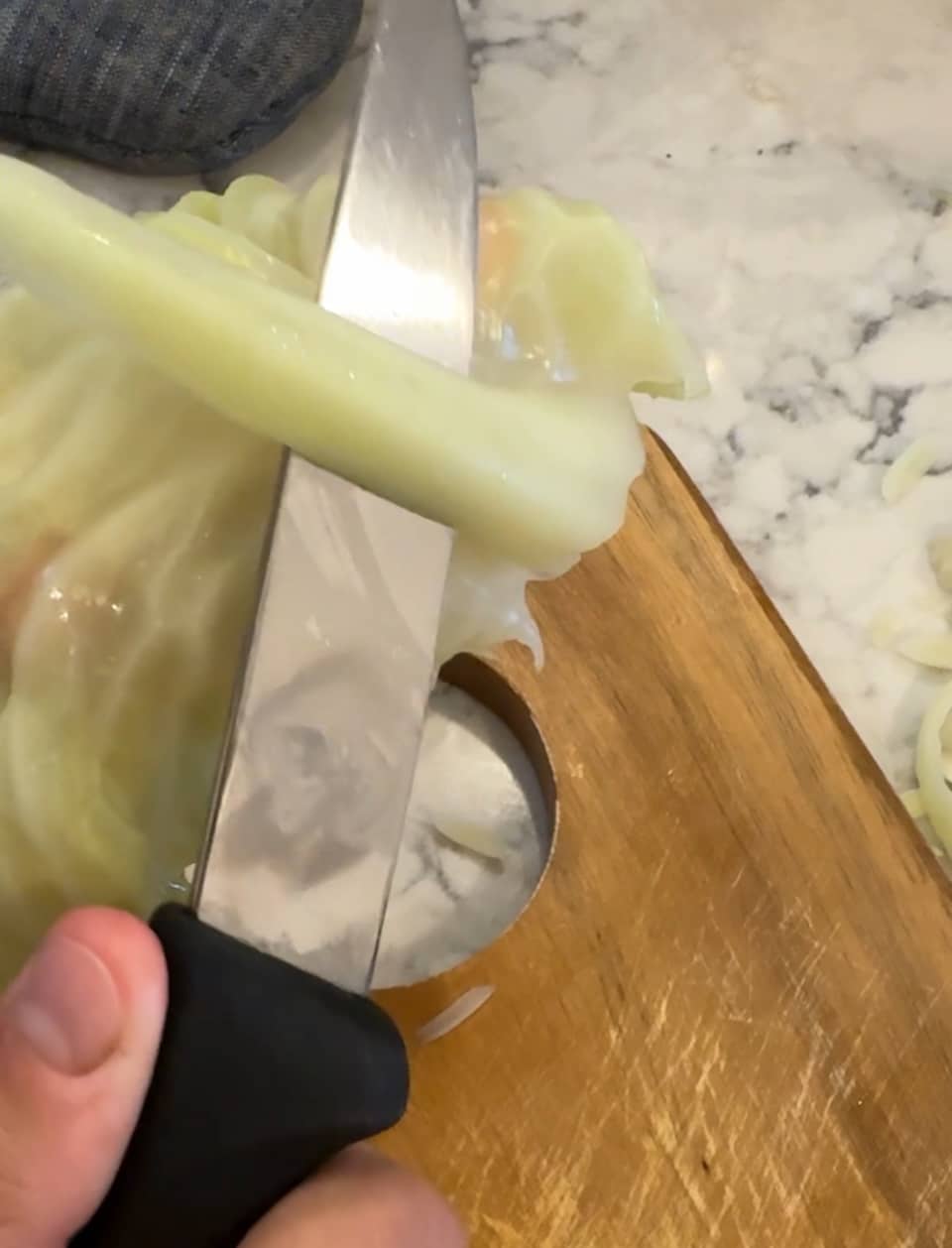
Remove the outer ridge of each leaf with a knife. The goal is to make the spine as thin as possible without cutting through the leaf or completely removing it. This can take a bit of time, but it’s worth it.
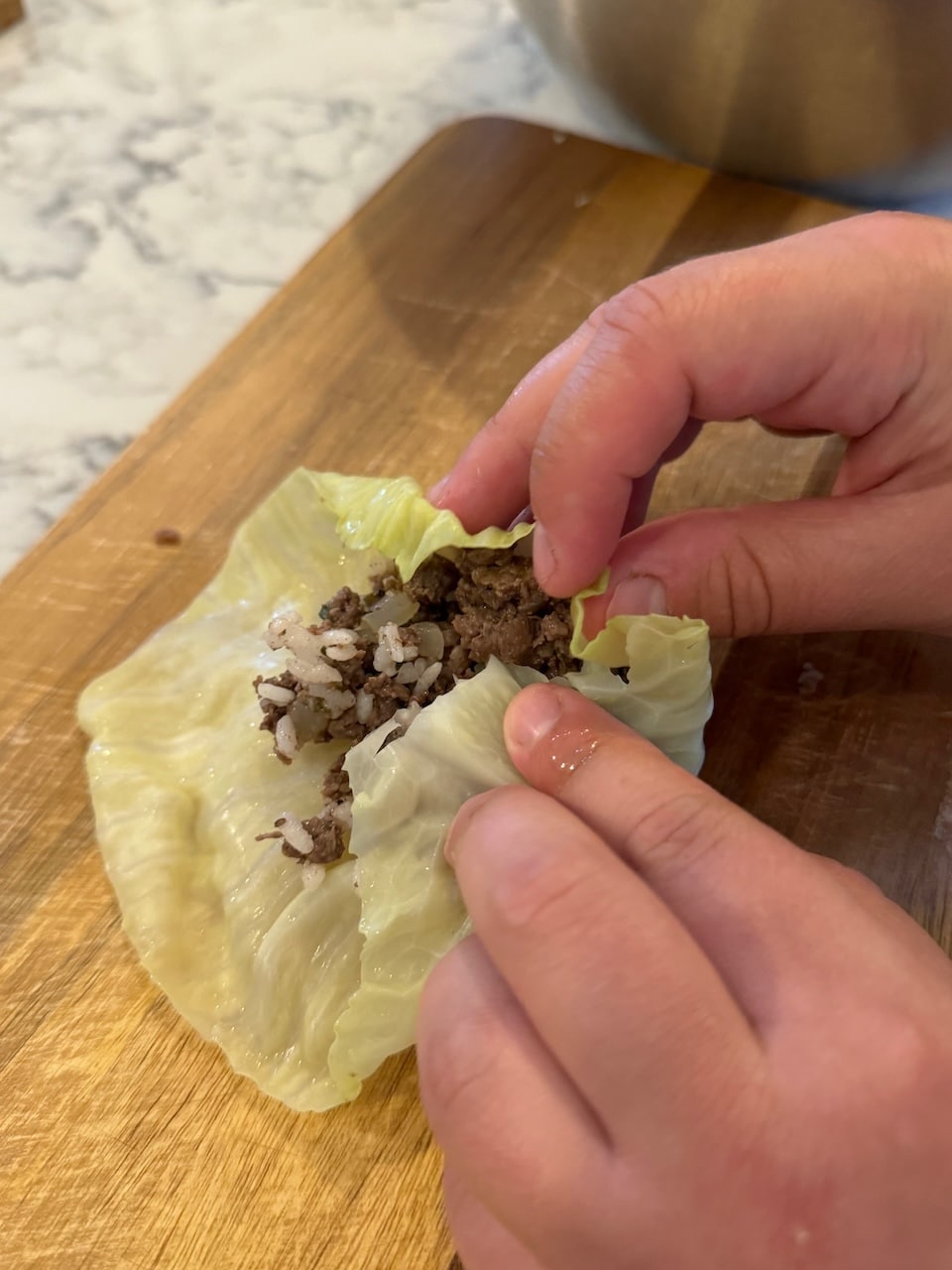
Preheat the oven to 350 degrees Fahrenheit. Lay out a leaf and fill with the meat mixture. Leave at least an inch of cabbage leaf around the meat to ensure easier rolling. Fold the sides into the middle and roll the leaf up from the thick bottom to the thinner top. Set each roll into a lightly greased oven-safe pan, seam side down. It’s fine if the rolls are touching each other. You can add tomato sauce directly over the golumpkis, heat the sauce on the stove and serve separately or skip the sauce altogether. Cover with aluminum foil and bake for 40 to 45 minutes.
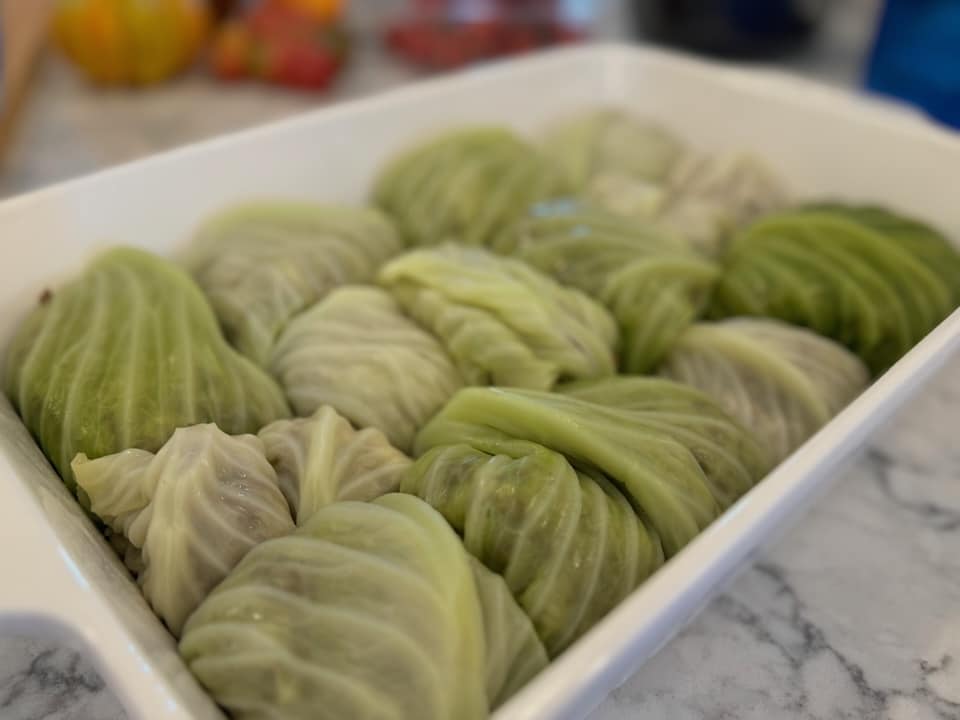
I greatly enjoyed the golumpkis. The rolling process was fun and satisfying, and I thought the finished product tasted delicious. However, this is a mildly flavored meal. The phrase my dad used was “a little bland.” If you’re a fan of strong flavors, get creative! As my family likes to say, “Add enough garlic for a lifetime’s worth of vampire protection.” Try new seasonings or serve with bold sauces like barbeque or sriracha and ranch. This is a customizable meal, so make it taste how you want it to. I personally think that adding some spicy Italian sausage to the filling would be wonderful.
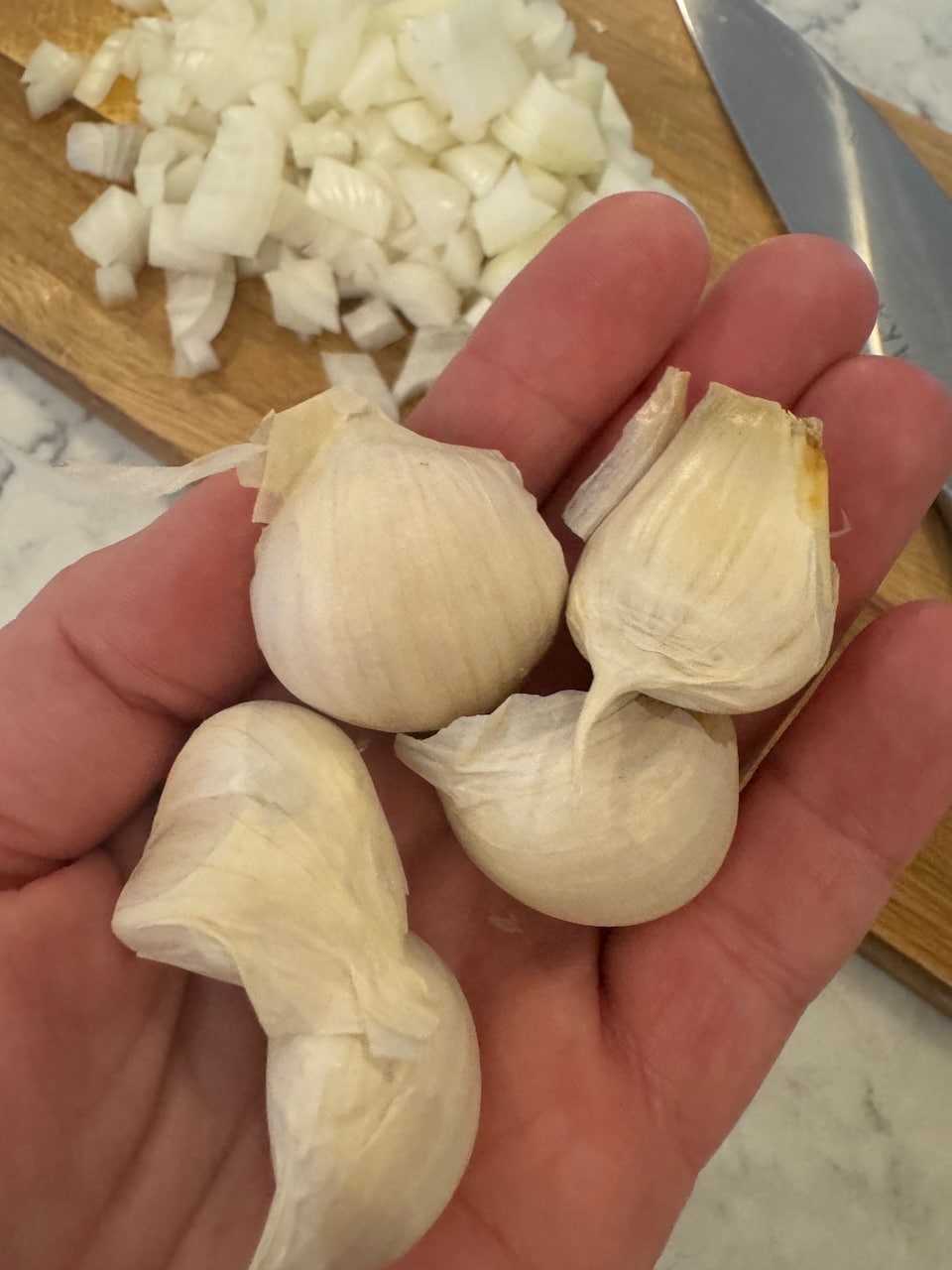
We had some leftover golumpkis, so I popped them into the freezer. I pull a couple out for lunch every now and then. Next time I thaw some, I’m going to try frying them after I reheat them. My grandma says she prefers her golumpkis fried, rather than just baked. I have to say that I imagined crispy, golden deep-fried deliciousness when I heard that, rather than frying them like you would fry onions, for example. Perhaps someday I will quell my curiosity and deep-fry a golumpki.
Check out these elk Rouladen and Scotch eggs recipes for another wild spin on classic dishes.
"Anna" is a teenage girl who loves to write, read, and do just about anything artsy. She enjoys writing about nature crafts and her experiences while learning to hunt and cook wild game. Anna firmly believes that backyard chickens lay the best eggs and that spending time outside with her flock every morning will start the day off happily. She is extremely grateful to her best friend, who inspired her to really take writing seriously. You can find her lost in her latest idea or listening to her sister "Rose" read book quotes. View all posts by Anna